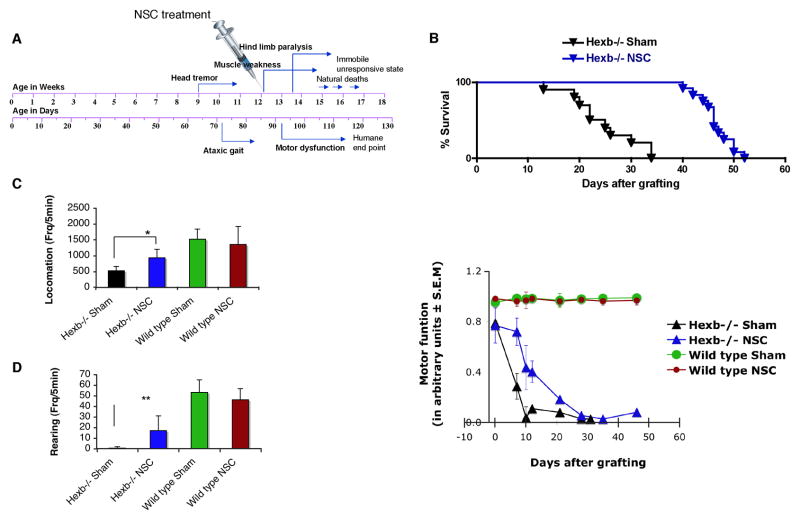Figure 2. NSC transplants improve lifespan and delay rate of disease progression in symptomatic adult Hexb−/− mice.
NSCs, not engineered to overexpress HexB, were injected into one site of non-immunosuppressed adult SD mice. (A) Schematic of symptom onset and kinetics of disease progression in Sandhoff disease (Hexb−/−) mice. (B) Survival of NSC-transplanted mice (n=12) compared with sham-treated control Hexb−/− mice (n=10). NSC transplantation prolonged Hexb−/− mice lifespan by 21 days (p<0.0001, Log rank test), resulting in a 19% improvement in survival. (C, D) Neurologic function scored in an automated activity monitor, which records infrared beam breaks in the X -Y plane (locomotion) and vertical (rearing) movements (data at 2 weeks posttreatment, 15 weeks of age). Data represent mean ± s.e.m, n=6 per group. An unpaired two-tailed Student’s t-test was used to compare data for significance. (E) Temporal profile of motor function before and after NSC treatment. Motor function was assessed using a horizontal bar-crossing test measuring the latency to cross or fall from the bar. Motor-function decline was significantly delayed in the NSC-treated SD mice, compared to the sham-treated SD control group (p<0.0001, two-way ANOVA). Data represent mean ± s.e.m, n=7–12.

